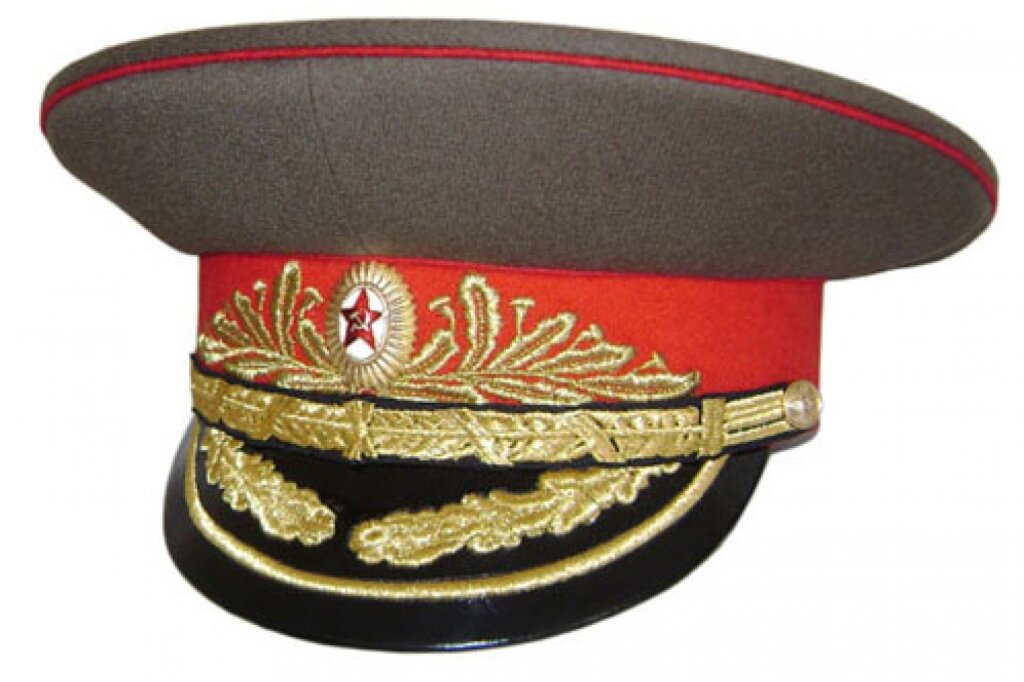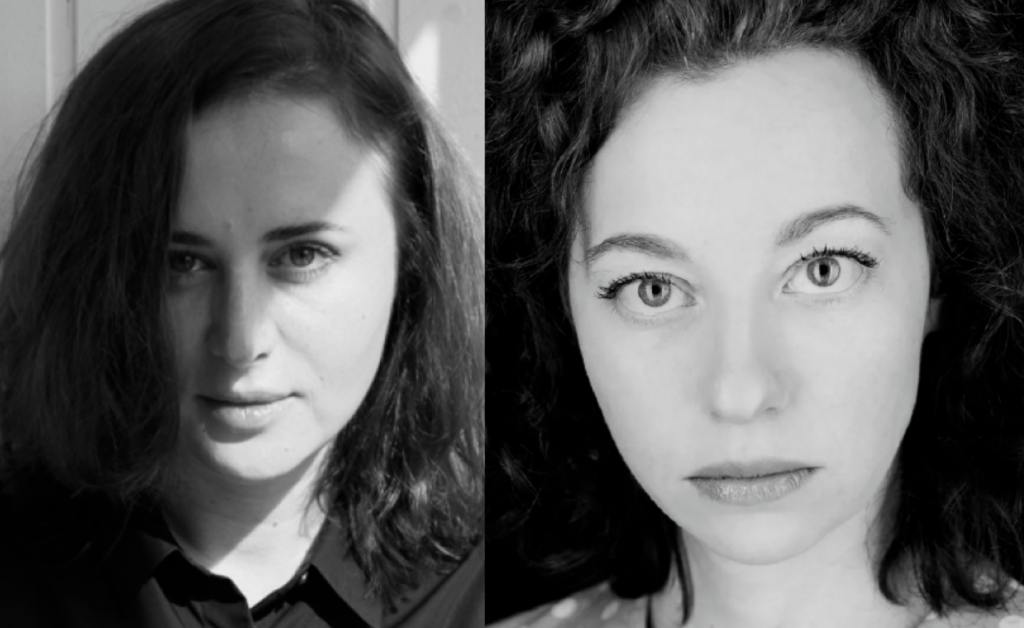Ekaterina Paustyan is a postdoctoral researcher in the Faculty of Business Studies and Economics at the University of Bremen, Germany.
Above: Vladimir Putin shakes hands with Igor Rudenya, Governor of Tver' oblast' since 2016. Source
There are striking differences in how long regional executives remain in office in various multilevel autocracies. For example, China has a compulsory retirement rule for provincial heads at the age of 65, as well as a system of horizontal rotation across provinces that limits governors’ term in office in the same province. By contrast, governors in Russia face many fewer institutional constraints. While their tenure has been formally limited to two terms, in practice, some regional heads remained in office for much longer. For example, the governor of Belgorod Oblast, Evgeny Savchenko, originally a Yeltsin appointee, had been in office since 1993 and was serving his seventh term when he resigned in 2020. Another example is the governor of Kemerovo Oblast, Aman Tuleev, who had taken office in 1997 and was serving his fifth term when he resigned in 2018.
The system of gubernatorial appointments in force between 2005 and 2012 prescribed no limit on the reappointment of incumbents. Between 2005 and 2008, President Putin reappointed 54 incumbents and appointed 29 new governors. By contrast, President Medvedev (2008 and 2012) was more reluctant to reappoint governors who had stayed in office for more than three consecutive terms. While “fourth-termers” still accounted for about 40 percent of all Medvedev’s appointees, he also dismissed many long-serving governors appointed by Yeltsin or elected in the early 1990s. For example, among regional “heavyweights” who left office under Medvedev were Moscow’s Yury Luzhkov, Sverdlovsk Oblast’s Eduard Rossel, Tatarstan’s Mintimer Shaimiev, Bashkortostan’s Murtaza Rakhimov, as well as Tomsk Oblast’s Viktor Kress and Omsk Oblast’s Leonid Polezhaev.
Despite the reinstatement of gubernatorial elections in 2012, the president has retained the right to replace governors. Therefore, Reuter and Turovsky argue that there has been no actual difference in the selection of candidates for gubernatorial positions. Remington et al. suggest that intensified centralization and personalization of power in Russia starting in 2012 has had a direct impact on the logic of gubernatorial appointments as the share of “outsiders” (who have no ties to the region) in the gubernatorial corps has been rising since the late 2000s. They find it is quite plausible that, by replacing incumbents more frequently and appointing “outsiders” in their place, President Putin aimed to establish greater personal control over newly appointed governors.
In his recent study, Klimovich detected that the number of “outsider” governors (38) exceeded the number of “insider” governors (33) in 2019, while the remaining regions were governed by so-called “returnees” (12). These are governors with some connection to the regions in their past, but who no longer lived and worked there. Such appointment patterns suggest that the Kremlin preferred to appoint as governors candidates who were not locally embedded, but instead connected to, and dependent upon, the federal center.
This trend, however, did not prevail in regions with long-serving governors. As Table 1 below shows, out of 24 longest-serving governors in post-Soviet Russia, i.e. those who stayed in office for seventeen years or more, 13 were removed by President Medvedev. In turn, 11 left their positions under President Putin following his re-election in 2012. At the same time, the Presidential Administration under Medvedev was willing to negotiate with local elites to replace incumbents either with local successors (7) or “returnees” (4). Only in Moscow and Khanty-Mansi Autonomous Okrug were true “outsiders” appointed as governors. In my recent analysis, I showed that Medvedev dismissed incumbent governors in Russia’s wealthiest regions, trying to extend federal control there. Apparently, he appointed “outsiders” as governors in some of the wealthiest regions to tie them more closely to the center.
Table 1. Incumbent governors with the longest tenure and their successors, 1991-2020.
| № | Region | Incumbent governor | Incumbents’ tenure | Term ends | Incumbent’s successor | Status of a new governor |
|---|---|---|---|---|---|---|
| 1 | Belgorod Oblast | Savchenko | 27 | 2020 | Gladkov | outsider |
| 2 | Kaluga Oblast | Artamonov | 20 | 2020 | Shapsha | local |
| 3 | Kemerovo Oblast | Tuleev | 21 | 2018 | Tsivilev | outsider |
| 4 | Lipetsk Oblast | Korolev | 20 | 2018 | Artamonov | outsider |
| 5 | Kursk Oblast | Mikhailov | 18 | 2018 | Starovoit | returnee |
| 6 | Tambov Oblast | Betin | 20 | 2015 | Nikitin | local |
| 7 | Penza Oblast | Bochkarev | 17 | 2015 | Belozertsev | local |
| 8 | Udmurtiya | Volkov | 19 | 2014 | Solov’ev | local |
| 9 | Kurgan Oblast | Bogomolov | 18 | 2014 | Kokorin | local |
| 10 | Vladimir Oblast | Vinogradov | 17 | 2013 | Orlova | outsider |
| 11 | Chita Oblast (Zabaikalsk Krai) | Geniatulin | 17 | 2013 | Il’kovsky | outsider |
| 12 | Omsk Oblast | Polezhaev | 21 | 2012 | Nazarov | local |
| 13 | Tomsk Oblast | Kress | 21 | 2012 | Zhvachkin | returnee |
| 14 | Mordovia | Merkushkin | 17 | 2012 | Volkov | local |
| 15 | Jewish AO | Volkov | 19 | 2010 | Vinnikov | local |
| 16 | Rostov Oblast | Chub | 19 | 2010 | Golubev | returnee |
| 17 | Tatarstan | Shaimiev | 19 | 2010 | Minnikhanov | local |
| 18 | Khanty-Mansi AO | Filipenko | 19 | 2010 | Komarova | outsider |
| 19 | Moscow (city) | Luzhkov | 2018 | 2010 | Sobyanin | outsider |
| 20 | Bashkortostan | Rakhimov | 17 | 2010 | Khamitov | returnee |
| 21 | Volgograd Oblast | Maksyuta | 17 | 2010 | Bovko | local |
| 22 | Kalmykia | Ilyumzhinov | 17 | 2010 | Orlov | local |
| 23 | Khabarovsk Krai | Ishaev | 18 | 2009 | Shport | local |
| 24 | Sverdlovsk Oblast | Rossel | 18 | 2009 | Misharin | returnee |
Between 2012 and 2020, President Putin replaced long-serving incumbents either with local successors (5) or “outsiders” (5). The only “returnee” appointed as governor was Roman Starovoit in Kursk Oblast. As a result, in at least half of all cases, regional elites managed to persuade the center to appoint a local successor once a long-serving incumbent stepped down.
With the adoption of a new federal law in December 2021, the formal two-term limit for governors has been abolished. This means that such long-serving regional heads as Chechnya’s Ramzan Kadyrov (16 years), Khanty-Mansi’s Natalya Komarova (13 years), Tatarstan’s Rustam Minnikhanov (13 years), Rostov Oblast’s Vasily Golubev (13 years), and Moscow’s Sergey Sobyanin (13 years) will be able to remain in office even longer, since appointing successors in these regions will not be an easy task for the Kremlin.



